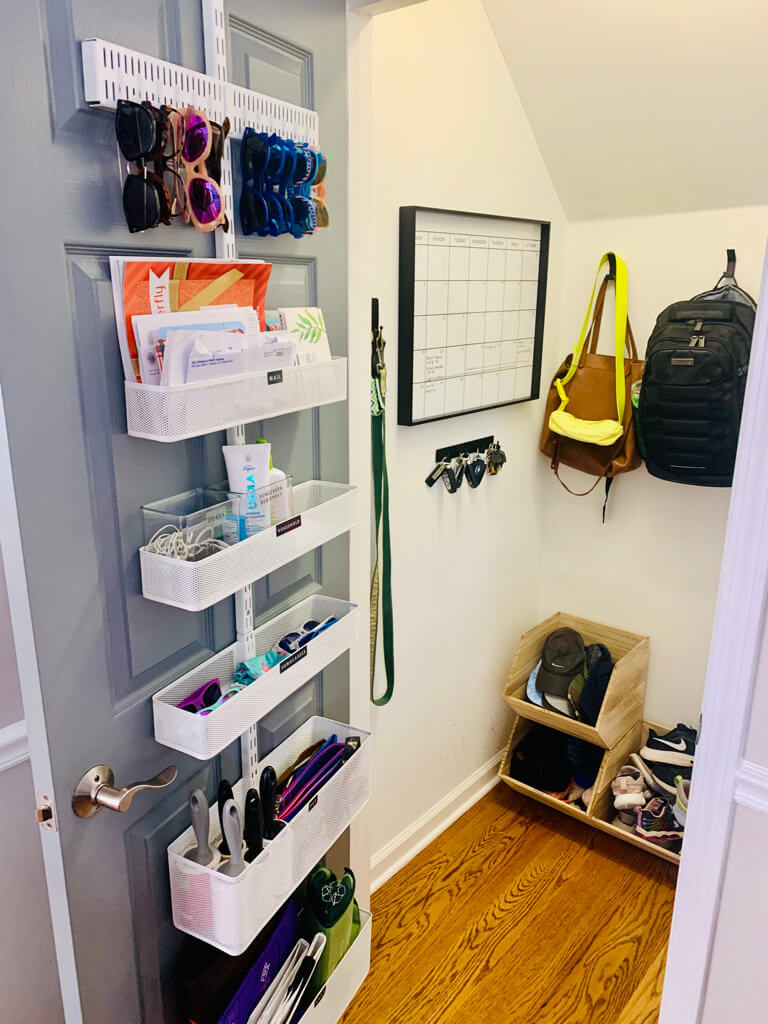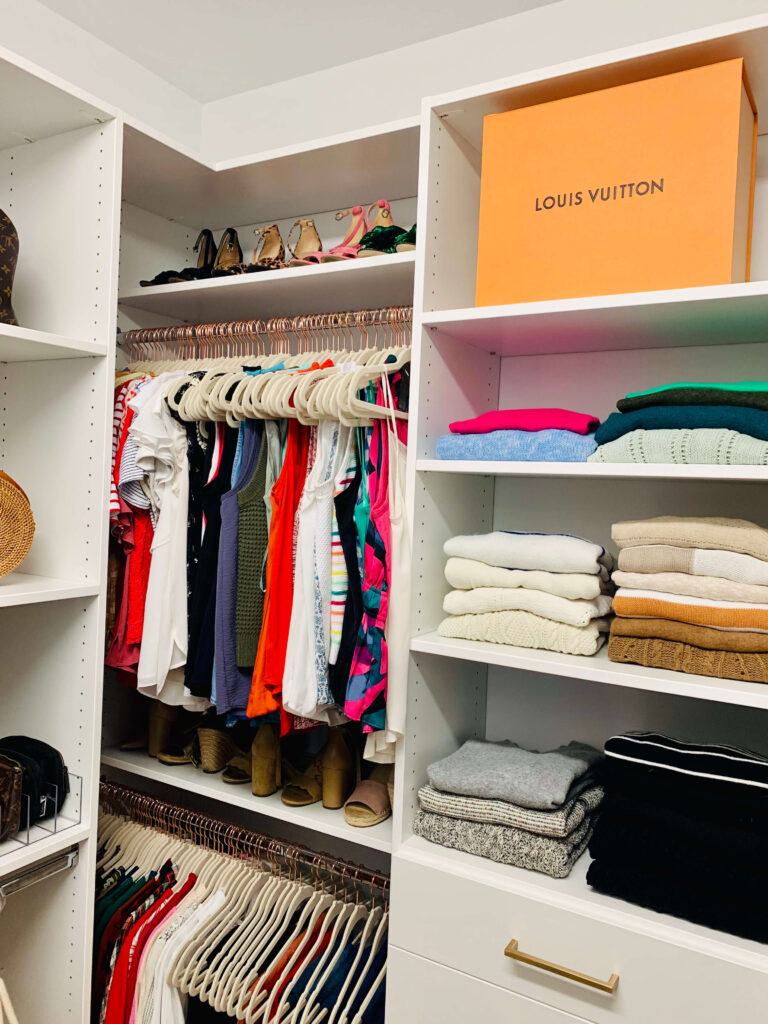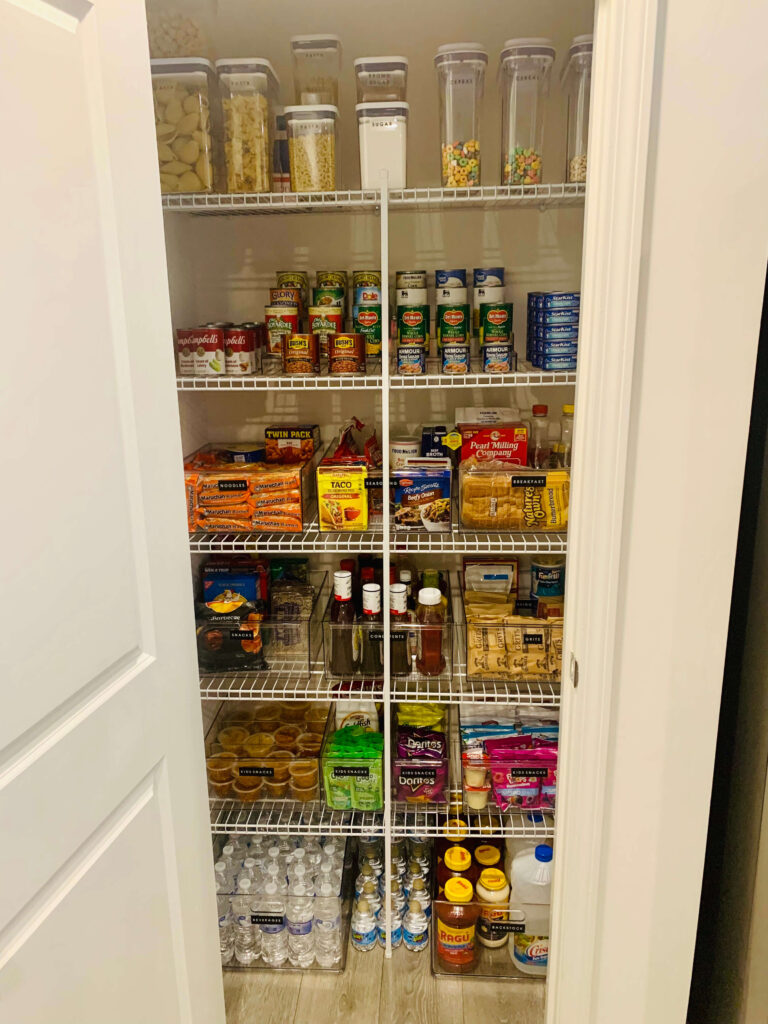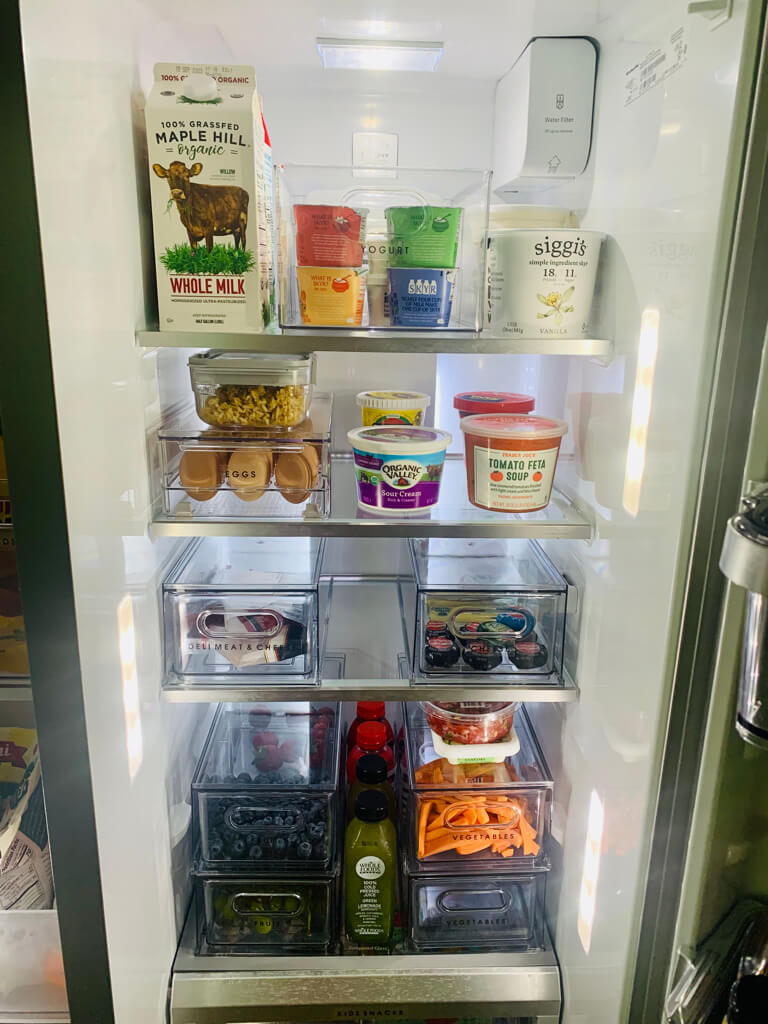Everyone leads a busy life, and maintaining order in various aspects can be a challenge. The way we plan our daily routines and physical spaces significantly influences our overall well-being. Getting organized in these seven key areas—schedule, entryway, car, closet, pantry, refrigerator, and meal planning will change everything.
As someone with ADHD, I have to be organized. If I’m not, my mind is everywhere and things start to spiral quickly. The amount of items I’ve lost due to forgetfulness is maddening. Having too many things out of place is distracting and my productivity goes down the tank.
The definition of organized is as follows:
characterized by neatness and order, with tasks planned, materials arranged, etc., for optimum efficiency
What’s the one word that stood out to you? For me it was optimum efficiency, that is the ultimate goal.
Affiliate Disclosure:
We want to be transparent and inform our users that some of the links on this website are affiliate links. This means that if you make a purchase through these links, we may earn a commission, at no additional cost to you. We only recommend products or services that we believe will add value to our readers. Your support through these affiliate links helps us maintain and improve our content. Thank you for your support!
1. DAILY SCHEDULE
The first place to start getting organized is your schedule. You have to have that down before anything else can happen. Establishing a well-organized schedule serves as the foundational for any journey toward a more organized life. It is the starting point that lays the groundwork for increased productivity and efficiency.
A well-organized schedule not only sets the tone for the day but also ensures other areas, such as the home or personal spaces, get organized as well.
Having a schedule has many benefits:
- Keeps you on time
- You can manage your time
- It improves your productivity
- It keeps you accountable
- Lowers overwhelm and anxiety
Choosing the right schedule/planner for you matters because if you don’t like it, it’s not going to work. As a confessed planner addict, I can tell you I’ve tried them all.
There are three different ways to use a calendar:
1. Paper
2. Digital
3. Paper and Digital
I fall into the third category, grappling with ADHD, where relying on a paper planner is essential for me. The physical use of writing it from pen to paper sets it in stone: if it’s not on paper, it doesn’t exist.
On the digital front, I find managing events, planning, and schedules for the months ahead helps tremendously as events often change.
After you’ve got your schedule set, the next step is organizing your to do list and scheduling them on your calendar.
2. CAR
Before entering the house, we’re starting on the outside with the car. Given its frequent use, maintaining an organized car contributes significantly to mental clarity.
James Clear said it best in his book Atomic Habits:
“Environment is the invisible hand that shapes human behavior. We tend to believe our habits are a product of our motivation, talent, and effort. Certainly, these qualities matter. But the surprising thing is, especially over a long time period, your personal characteristics tend to get overpowered by your environment.“
We are what we are surrounded by, getting your car organized reduces stress and anxiety.
Simple organizing solutions for the car are trash bags, pens, post-its, and designated spaces for loose change or miscellaneous items.
3. ENTRYWAY
Your home environment matters. It sets the tone for many things. If your home is unorganized, it brings chaos and havoc.
Starting small matters because you need to build momentum, small projects lead to many wins. Many wins motivate you to keep going.
The best place to start when getting organized in your home is the entryway. Establishing a good system for daily items turns you into Mrs. Doubtfire.
You leave on time, things are easy to find and you’re not having a last-minute panic attack wondering where your keys are. When you come home, it’s easy to put things away and you know where to find them rather than walking into a massive tornado.
Some common and easy organizing solutions for the entryway include hooks, cubbies, and mail organizers.

4. CLOSET
Having an organized closet is a game-changer in various aspects of daily life. A well-arranged closet not only streamlines the process of selecting and coordinating outfits but also saves time in the rush of mornings.
An organized closet brings a sense of order and calm, positively impacting your mood. It minimizes the stress associated with clutter and the search for misplaced items, allowing for more clarity and a focused start to the day.
Additionally, an organized closet brings a mindful approach to wardrobe choices, when you only have things you love to wear, the choices become easier when selecting an outfit.
Wearing clothes that we love brings out our best and most confident selves. Gone are the days of complaining “I have nothing to wear”.
Simple solutions for the closet include matching hangers, color coding, and utilizing labeled bins. These tools can significantly enhance the functionality of your wardrobe space.
These practical strategies not only eliminate the stress of sifting through piles but also contribute to a more efficient and enjoyable daily routine.

5. PANTRY
Who wouldn’t appreciate a well-organized pantry? The benefits of maintaining pantry order are numerous and impactful.
For starters, an organized pantry encourages the selection of healthier food options, transforming you into a meal-planning wizard. Bid farewell to the days of discarding forgotten items, as an organized pantry ensures that food waste becomes a thing of the past.
Discarding leftovers is a pet peeve of mine; it feels like tossing money into the trash. Anyone who has experienced the frustration of pouring out forgotten expressed milk while breastfeeding can relate to the pain I feel about wasting leftovers.
Simple pantry organization solutions include decanting, clear bins, labels, using a can organizer, and maximizing door space.

6. REFRIGERATOR
Staying on the food-related topic and transitioning to the refrigerator, how many times have you found yourself opening the fridge door and just staring at its contents as if expecting something magical to appear?
Organizing the refrigerator often feels similar to managing toys, presenting its own set of frustrations and challenges. It’s like engaging in a game of Tetris to find the perfect spot for each item, especially when every condiment seems to come in a different size—could they make it any more difficult?
And, of course, there’s the challenge of accommodating leftovers; there must be dedicated space for them.
The key lies in creating zones with the help of bins and turntables, making it a breeze to maintain order in the refrigerator and, more importantly, preventing the unnecessary tossing of leftovers.

7. MEAL PLANNING
FINAL THOUGHTS
Starting on any project or goal is challenging. Hundreds of thoughts flood your mind, questioning your capability and fueling self-doubt that, if left unchecked, can become paralyzing.
One of my preferred Peloton instructors, Jess Sims, says it best: “The hardest part of the workout is check done; you are here.” On days when the motivation for a workout is lacking, her reminder instantly uplifts my spirits.
Taking that first step, showing up for yourself and those around you is a crucial move towards your goal. We often underestimate the impact of small, consistent efforts over a year, pressuring ourselves to achieve everything in a single day.
The notion of a Superwoman accomplishing it all within a day or week is unrealistic. Consider finding an accountability partner, devise a plan, diligently execute it, and witness the positive transformations in your life as you embrace the power of getting organized.
+ show Comments
- Hide Comments
add a comment